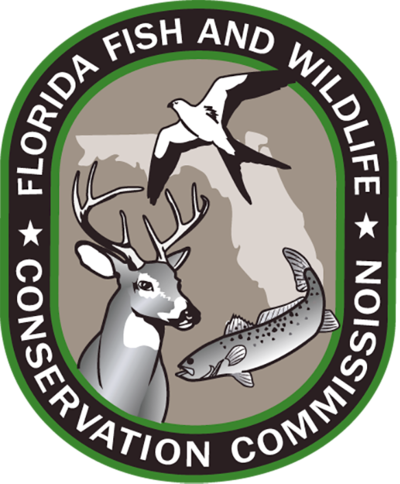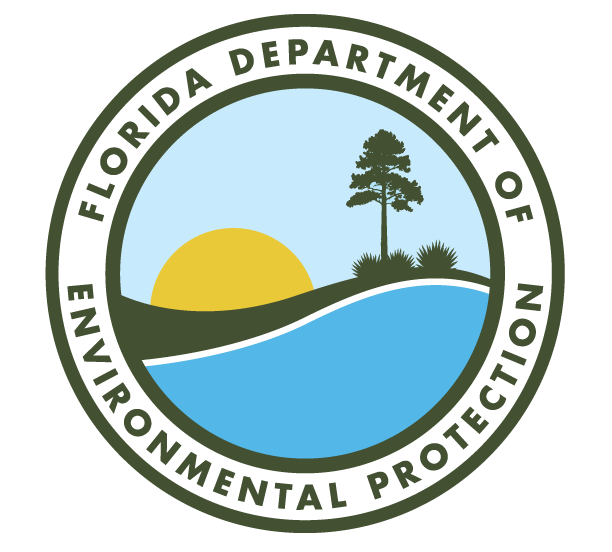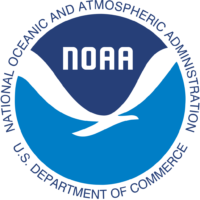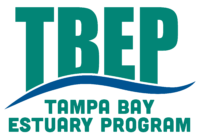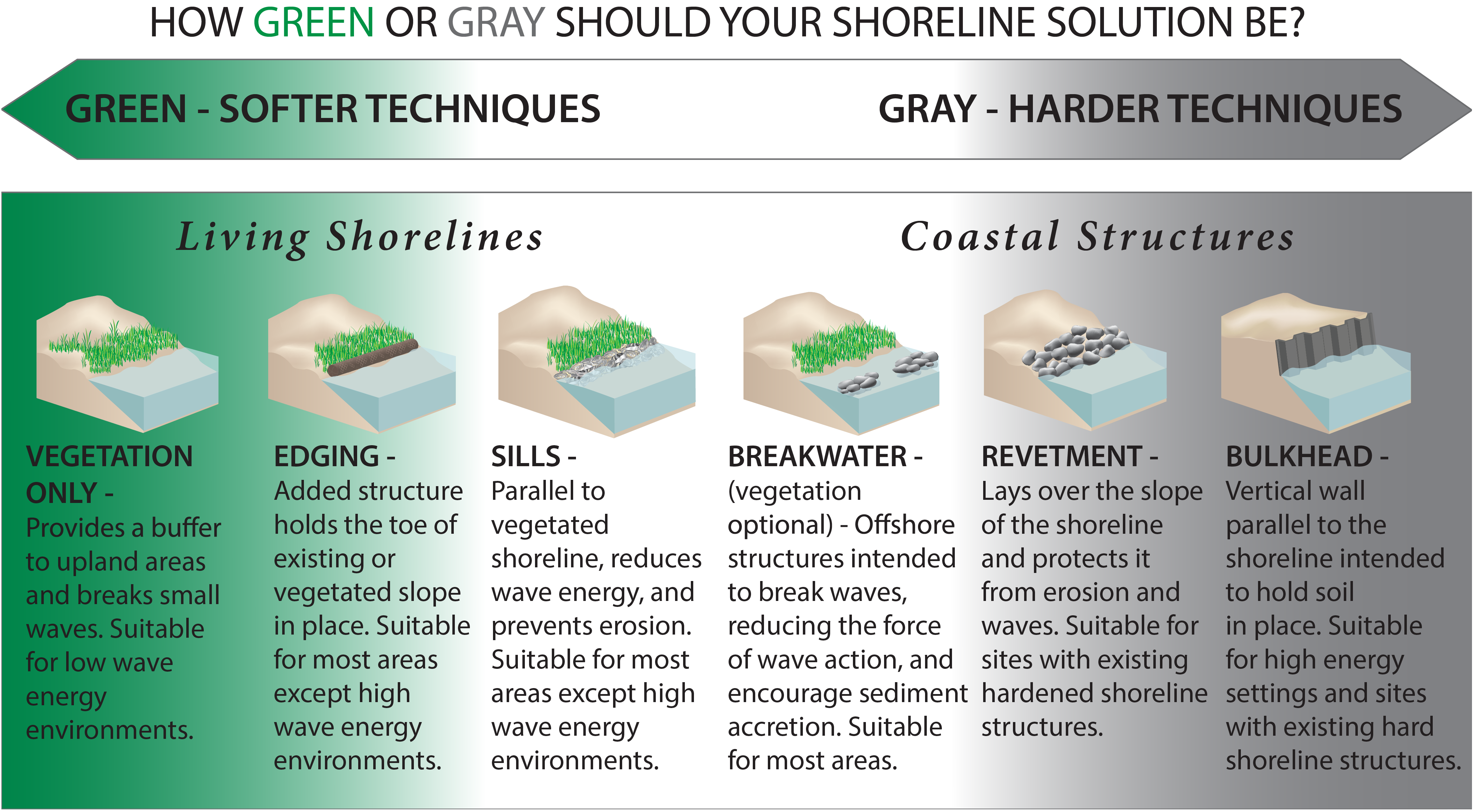Red Tide Resources Around the Region
Red tides, a type of harmful algal blooms (HAB), occur when microscopic algae multiply to higher-than-normal concentrations, often discoloring the water. In Florida and the Gulf of Mexico, the species that causes most red tides is Karenia brevis, a naturally occurring dinoflagellate alga. Karenia brevis produces neurotoxins called brevetoxins that can sicken or kill fish, seabirds, turtles, and marine mammals. These toxins can also affect humans, causing respiratory irritation if aerosolized toxins are inhaled or shellfish poisoning if shellfish contaminated with toxins are consumed. Florida’s tourism-related businesses are particularly affected by Red Tide blooms, as dead marine animals continue to wash ashore, and public health advisories are posted for beach activities and shellfish consumption. The damage to the food chain and the respiratory pollution caused by the smell of large amounts of decomposing marine life discourages tourism and is harmful to the fishing industry.
Red Tide Tracking Tools
Prediction and Tracking
This collaboration between USF and FWC provides four-day forecasts of ongoing Karenia brevis blooms in the Tampa coastal region.
Beach Conditions Reporting
Mote Marine Laboratory provides up-to-date information about respiratory irritation and dead fish from red tides at local beaches.
Respiratory Forecast
NOAA’s modeled forecast of respiratory irritation at individual beach locations, based on field samples of Karenia brevis concentration, wind speed, and direction.
Satellite Imagery
Composite 8-days of satellite imagery of Southwest Florida showing bloom location and extent.
County Resources
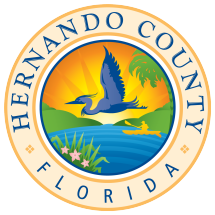

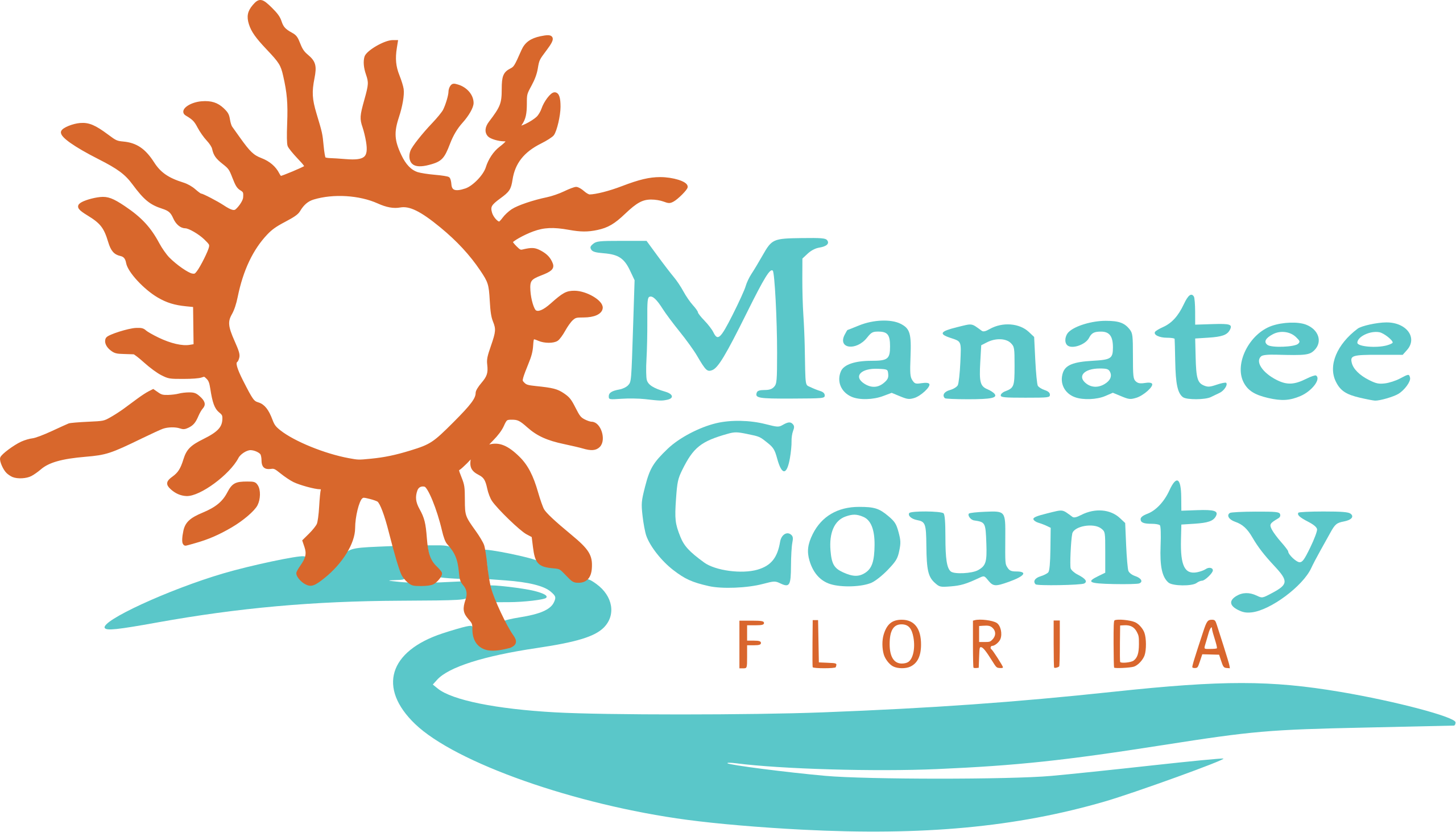







Frequently Asked Questions About Red Tide
A red tide, or harmful algal bloom, is a higher-than-normal concentration of a microscopic alga (plant-like organism). In marine (saltwater) environments along Florida’s west coast and the elsewhere in the Gulf of Mexico, the species that causes red tides is Karenia brevis, often abbreviated as K. brevis.
No, red tides were documented in the southern Gulf of Mexico as far back as the 1700s and along Florida’s Gulf coast in the 1840s. Fish kills near Tampa Bay were even mentioned in the records of Spanish explorers.
The Florida red tide alga, Karenia brevis, needs the following components to form a bloom. The first is biology — the organism must be present in the water and it must out-compete other phytoplankton. The second is the correct chemistry — this includes the appropriate temperature, salinity, and nutrients that it needs to grow and multiply. The third component is the right physical conditions to concentrate and transport K. brevis. The fourth component is ecology – the presence or absence of other life forms, such as other marine algae that may encourage or inhibit K. brevis blooms.
Red tides can last as little as a few weeks or longer than a year. They can even subside and then reoccur. The duration of a bloom in nearshore Florida waters depends on physical and biological conditions that influence its growth and persistence, including sunlight, nutrients and salinity, as well as the speed and direction of wind and water currents.
Many red tides produce toxic chemicals that can affect both marine organisms and humans. The red tide organism in Florida, Karenia brevis, produces brevetoxins that can affect the central nervous system of fish and other vertebrates, causing these animals to die. Wave action can break open K. brevis cells and release these toxins into the air, leading to respiratory irritation. For people with severe or chronic respiratory conditions, such as emphysema or asthma, red tide can cause serious illness. The red tide toxins can also accumulate in molluscan filter-feeders such as oysters and clams, which can lead to Neurotoxic Shellfish Poisoning in people who consume contaminated shellfish.
Red tides in Florida develop 10-40 miles offshore, away from man-made nutrient sources. In contrast to the many red tide species that are fueled by nutrient pollution associated with urban or agricultural runoff, there is no direct link between nutrient pollution and the frequency or initiation of red tides caused by Karenia brevis. Red tides occurred in Florida long before human settlement, and severe red tides were observed in the mid-1900s before the state’s coastlines were heavily developed. However, once red tides are transported inshore, they are capable of using man-made nutrients for their growth.
Yes, the scientific data available so far suggest that it is possible for nutrients flowing from land to sea — including natural AND human-contributed nutrients carried by storm water runoff and the input of rivers — to serve as additional “food” for growth of Karenia brevis red tide blooms that have moved to shore. However, the process is very complex. K. brevis can use at least 13 different sources of nutrients, including multiple forms of both nitrogen (N) and phosphorus (P), and some of those sources include human-contributed nutrients.
Control of red tide in Florida is not a simple issue. The harmful effects of a red tide are caused by toxins released by the organism. Potential controls must not only kill the red tide organism but also eliminate the toxins from the water. To date, this has not been possible; however, researchers are identifying ways to reduce shellfish toxicity. In addition, any control strategy must not harm the environment. In the 1950s, U.S. Fish and Wildlife Service and State of Florida scientists used copper sulfate to attempt to eliminate a red tide in coastal Florida waters. Although the copper sulfate killed some of the red tide cells, it led to the release of toxins that, along with the copper sulfate, had negative effects on other marine organisms. Controls must also be practical. Red tides vary greatly in size – expanding as far as 10,000 square miles – and can be present from the surface of the water to the seafloor. Presently, there is no practical and acceptable way to control or kill red tide blooms.
Some people experience respiratory irritation (coughing, sneezing, tearing and an itchy throat) when the Florida red tide organism, K. brevis, is present and winds blow onshore. Offshore winds usually keep respiratory effects experienced by those on the shore to a minimum. The Florida Department of Health advises people with severe or chronic respiratory conditions, such as emphysema or asthma, to avoid red tide areas.
Swimming is safe for most people. However, the red tide can cause some people to suffer skin irritation and burning eyes. People with respiratory illness may also experience respiratory irritation in the water. Use common sense. If you are particularly susceptible to irritation from plant products, avoid an area with a red tide bloom. If you experience irritation, get out of the water and thoroughly wash off. Do not swim among dead fish because they can be associated with harmful bacteria.
No – recreational harvesting of bivalve molluscs such as hard clams, oysters and mussels from conditionally approved or approved shellfish harvesting areas is banned during red tide closures; these organisms may not legally be harvested and, therefore, should not be eaten during any closure of a shellfish harvesting area. To determine whether or not harvesting of shellfish is permitted in an area, visit the Florida Department of Agriculture and Consumer Services, Division of Aquaculture website. Edible parts of other animals commonly referred to as shellfish (crabs, shrimp and lobsters) are not affected by the red tide organism and can be eaten. Do not eat the tomalley (green stuff, hepatopancreas). During scallop season, locally harvested scallops from open scallop harvesting areas are also safe to eat as long as you eat only the muscle of the scallop and not the whole animal.
Store-bought and restaurant-served shellfish are safe to eat during a bloom because the shellfish are monitored by the government for safety. Commercially available shellfish are often not locally harvested and, if harvested locally, are tested for red tide toxins before they are sold.
No, cooking or freezing does not destroy the Florida red tide toxins. Furthermore, the toxin cannot be seen or tasted.
Just like people, pets may be affected by the red tide. If you live close to the beach, consider bringing outdoor pets inside during a bloom to prevent respiratory irritation. If you are at the beach with your pets, do not allow them to play with dead fish or foam that may accumulate on the beach during or after a red tide. If your pet eats dead fish, it may get sick. If your pet swims in the red tide, wash it as soon as possible. Most dogs lick themselves after swimming and will consume any toxins on their fur.
Related Agencies
Additional Information
- Fish and Wildlife Conservation Commission Educational Outreach Products
- Red Tide in Florida, video by FWC Fish and Wildlife Research Institute
- Red Tide Persists Along Florida’s Gulf Coast, How You Can Help
- Effects of Florida Red Tide on Marine Animals
- A Primer on Harmful Algal Blooms in the Gulf of Mexico
- Video: Introduction to Red Tide
- Karenia brevis Fact Sheet
- Red Tide Current Status from FWC
- 2019 State of the Science for Harmful Algal Blooms in Florida: Karenia brevis and Microcystis spp.
- Initial Recommendations Regarding Red Tide (Karenia brevis) Blooms
- NOAA Harmful Algal BloomS Observing System
- The Economic Ripple Effects of Florida Red Tide
- 2018 Red Tide Impact and Response Assessment
- July 2021 Forum on Red Tide and Harmful Algae Blooms
- Red Tide and Seafood Safety
